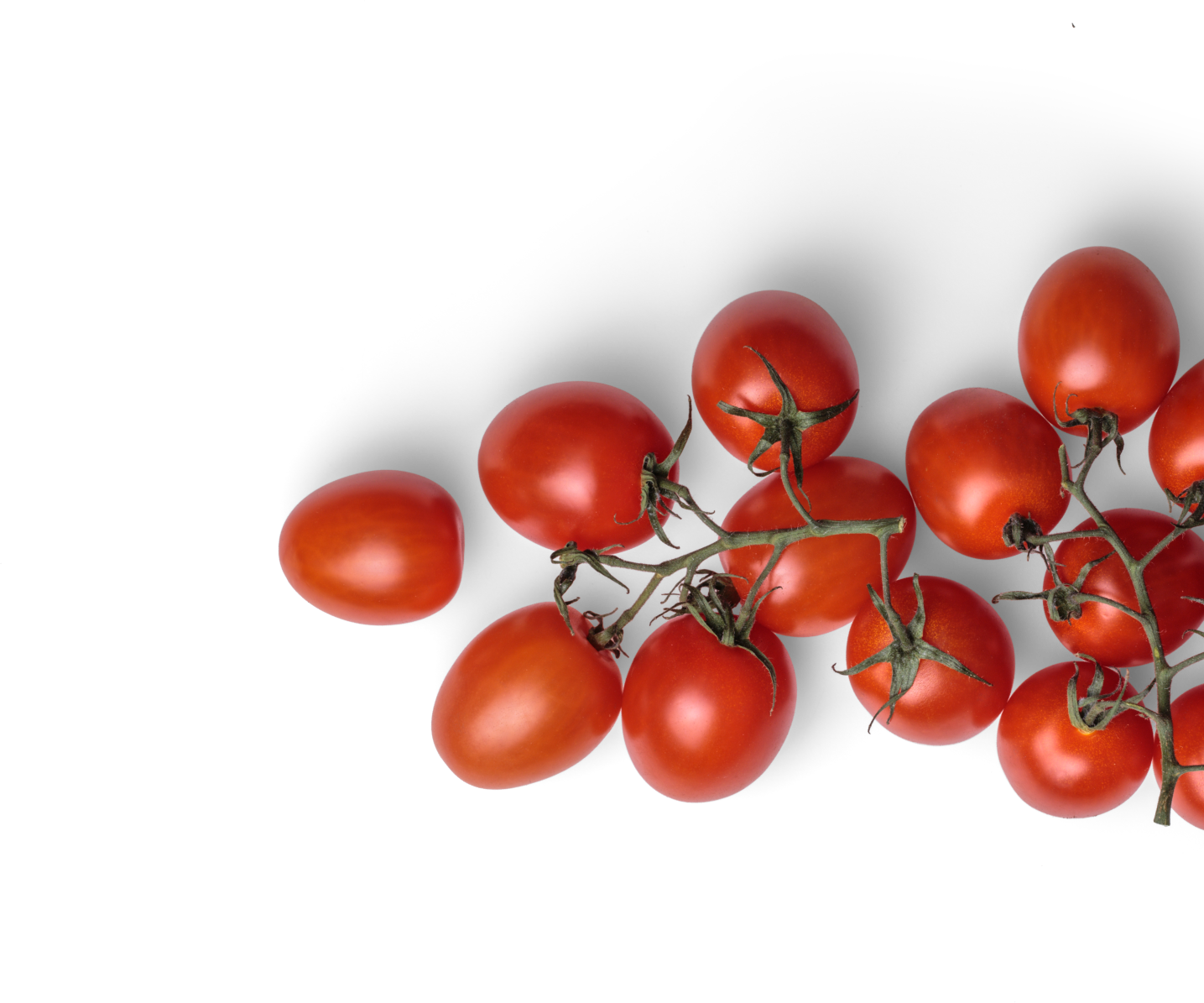Innovation in Action – How Packaging Is Evolving for the Retail Market
By Peter Musinsky, Packaging Buyer at Minor, Weir & Willis
A few weeks ago, MWW was given the opportunity to visit one of our key packaging suppliers, Schumacher Packaging, at their state-of-the-art facility in Birmingham. As someone who works daily at the intersection of supply, sustainability, and design, this visit was a great reminder of how rapidly our industry is evolving—and how important it is for us at MWW to remain up to date with new technology and innovations.
Seeing Packaging Innovation Up Close
The visit was a valuable chance to see first-hand how modern packaging production is shifting to meet today’s retail challenges. I was taken through their end-to-end process, from raw material handling to finished, retail-ready packaging solutions. What stood out for me was their clear focus on design, agility, sustainability, and responsiveness—four areas that matter more than ever in the fresh produce sector.
Their processes have been adapted to support shorter lead times, lower waste, more sustainable materials, and much greater flexibility in design and production. For us, that opens up a range of exciting possibilities—not least when it comes to seasonal campaigns, such as Easter-themed lines that demand both standout visual design and quick turnarounds.
Aligning Packaging Innovation with Our Needs
At MWW, we supply a wide variety of fresh produce to retailers across the UK, often with changing requirements depending on seasonality, promotions, or format. This means flexibility in packaging is essential for us.
We’re now looking at how this faster and more sustainable approach to packaging production could support some of our key lines, such as Born Tasty meal kits and printed shelf-visible tray inserts, particularly where branding and visual presence are important. It also enables us to respond quickly to each customer’s individual needs, improve time to market, and reduce waste associated with large-volume packaging runs.
During our visit, it was exciting to discuss custom Easter packaging for potential campaigns. Thanks to this new approach we can bring these ideas to life quickly, efficiently, and with minimal environmental impact.
Trends Shaping the Packaging Landscape
The visit also reflected several major trends we’re seeing across the packaging industry this year:
Sustainability as a Core Priority
From recyclable materials to water-based inks and leaner production processes, sustainability is no longer a goal for the future—it’s a present need. We’re proud to work with partners who share our commitment to reducing environmental impact.
Shorter Runs, Smarter Solutions
The industry is moving toward more flexible, responsive production cycles. Packaging is becoming more customisable and adaptable, allowing brands to be more agile with design and distribution. This is especially useful when reacting to key retail moments, like creating limited-edition seasonal packaging that can enhance shopper appeal without requiring large-volume runs.
Regulatory Readiness
Upcoming legislation, such as the UK’s Extended Producer Responsibility (EPR), is creating a renewed focus on reducing packaging waste and improving recyclability. The processes we saw at Schumacher clearly align with where the market is heading.
Packaging as a Communication Tool
Packaging today does more than just protect the product—it’s a powerful way to tell stories, build brand identity, and connect with customers. Whether it’s a campaign-led message or simply reinforcing freshness and quality at shelf-edge, the ability to adapt, customise, and localise packaging gives businesses a real edge in standing out and staying relevant.
Looking to the Future
This visit was a great reminder of the value packaging can bring—not just in protecting products, but in improving efficiency and helping us tell our story. It’s one of the reasons we continue to work closely with innovative partners who share our forward-thinking approach.
As we look ahead to the rest of the year and future seasonal activations, we’re excited to explore how these packaging innovations can help us strengthen our retail offering—making it more sustainable, more flexible, and better suited to the fast-moving fresh produce market.
And with Easter around the corner, it’s never been a better time to test, trial, and push the boundaries of what packaging can do.



